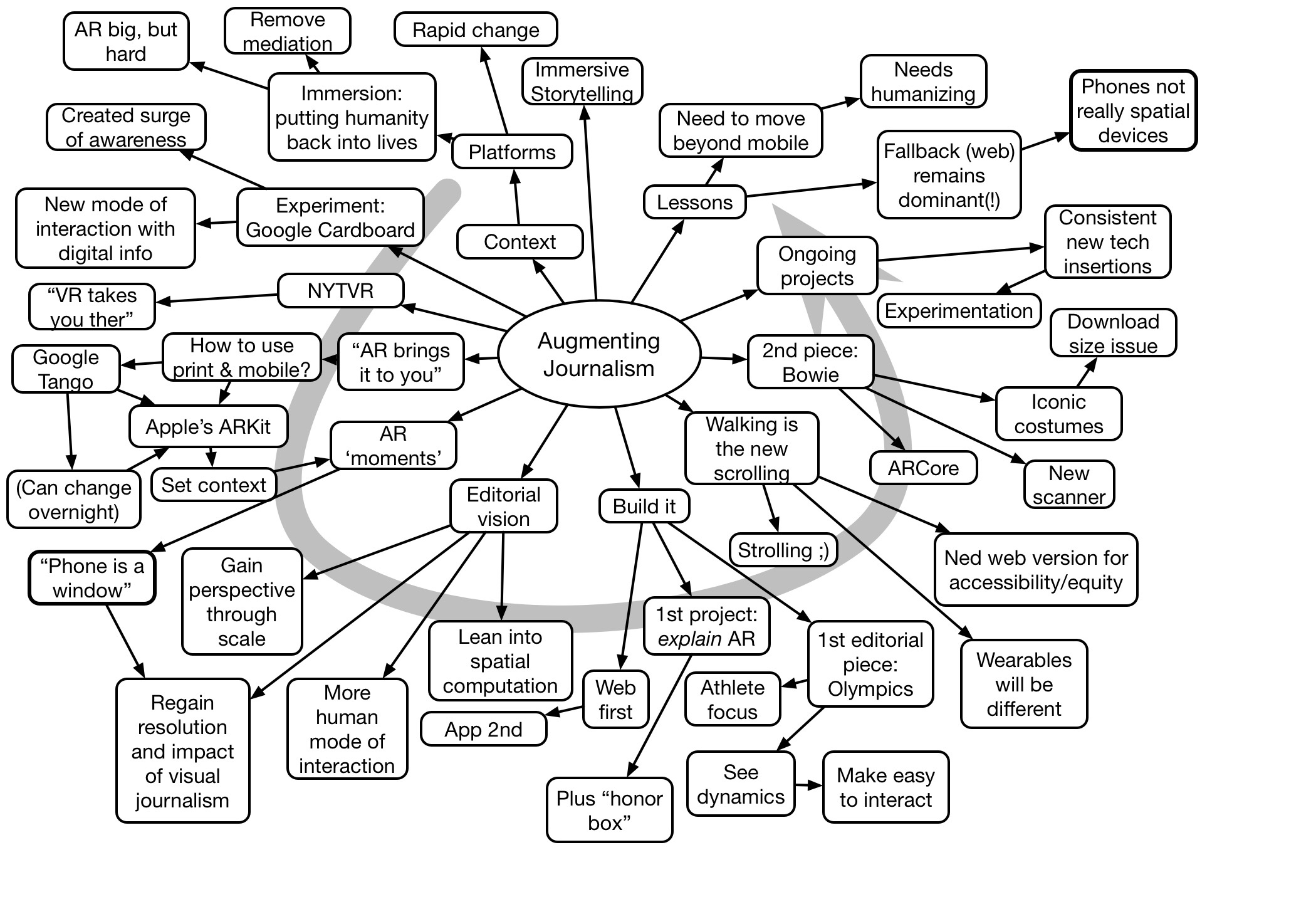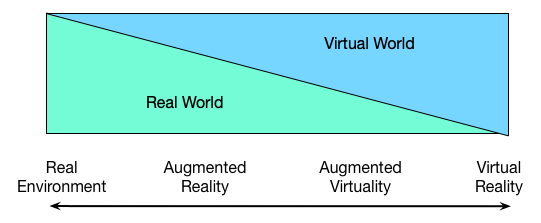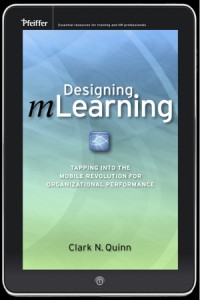Recently, colleague Jos Arets of the 70:20:10 institute wrote a post promoting evidence-based work. And I’m a big fan, both of his work and the post. In the post, however, he wrote one thing that bugs me. And I realize I’m flying in the face of many august folks on whether to promote direct instruction or guided discovery. So let me explain myself ;).
It starts with a famous article by noted educational researchers Paul Kirschner, John Sweller, and Richard Clark. In it, they argue against “constructivist, discovery, problem-based, experiential, and inquiry-based teaching”. That’s a pretty comprehensive list. Yet these are respected authors; I’ve seen Richard Clark talk, have talked with John Sweller personally, and have interacted with Paul Kirschner online. They’re smart and good folks committed to excellent work. So how can I quibble?
First, it comes from their characterization of the opposition as ‘minimally guided’.Way back in 1985, Wallace Feurzig was talking about ‘guided discovery’, not pure exploration. To me, that’s a bit of a ‘straw man’ argument. Not minimally guided, but appropriately guided, would seem to me to be the appropriate approach.
Further, work by David Jonassen for one, and a meta-analysis conducted by Stroebel & Van Barneveld for another, suggested different outcomes. The general outcome is problem-based (as one instance being argued against) doesn’t yield quite as good performance on a subsequent test, but is retained longer and transfers better. And those, I suggest, are the goals we should care about. Similarly, research supports attempting to solve problems even if you can’t before you learn.
And I worry about the phrase “direct instruction”. That easy to interpret as ‘information dump and knowledge test’; it sounds like the old ‘error-free learning’! I’m definitely not accusing those esteemed researchers of implying that, but I am afraid that under informed instructors could take that implication. It’s all too easy to see too much of that in classrooms. Teacher strategies tend to ignore results like spaced, varied, and deliberate practice. Similarly, the support for students to learn effective study skills is woeful.
Is there a reconciliation? I suggest there is. Professors Kirschner, Sweller, & Clark would, I suggest, expect sufficient practice to a criteria, and that the practice should match the desired performance. I suspect they want learners solving meaningful problems in context, which to me is problem-based learning. And their direct instruction would be targeted feedback, along with models and examples. Which is what I strongly suggest. The more transfer you need, however, the broader contexts you need. Similarly, the more flexible application required would suggest the gradual removal of scaffolding.
So I really think that guided exploration, and meaningful direct instruction, will converge in what eventuates in practice. Look, insufficiently guided practice isn’t effective, and I suspect that they wouldn’t suggest that bullet points are effective instruction. I just want to ensure that we focus on the important elements, e.g. what we highlighted in the Serious eLearning Manifesto. There is a reason to think that direct instruction or guided discovery isn’t the dichotomy proposed, I’ll suggest. FWIW.






